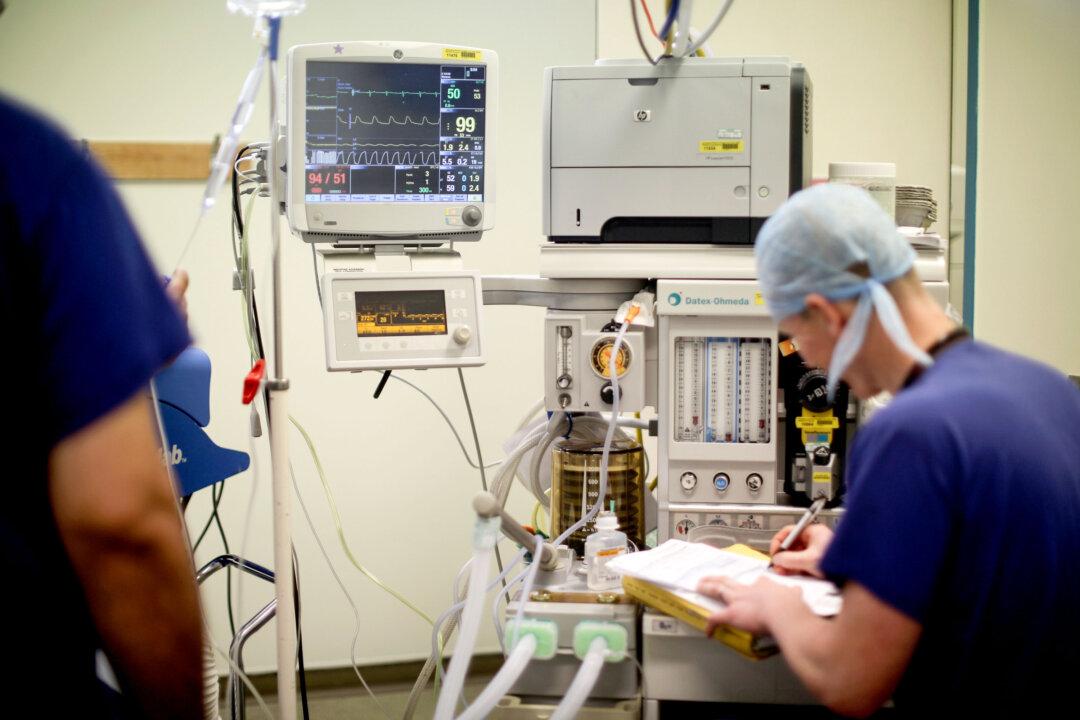A major health care provider in Florida has filed for bankruptcy in pursuit of a sale after revenues declined amid liquidity challenges.
MBMG Holding LLC and multiple health care firms operating under it, collectively referred to as the Clinical Care Medical Centers, filed voluntary petitions for Chapter 11 bankruptcy in the U.S. Bankruptcy Court for the Southern District of Florida, according to an Oct. 13 bankruptcy petition. The entities plan to use the bankruptcy to sell “substantially all of their assets” to Conviva Medical Center Management.
Collectively, the entities operate 26 primary care centers in Florida, serving roughly 35,000 patients and employing more than 800 workers.
According to the filing, the “most significant headwind” was related to the Medicare risk-adjustment model implemented by the Centers for Medicare & Medicaid Services (CMS), a federal agency within the Department of Health and Human Services.
The firms earn revenue through their contracts with health plans. In January, the CMS overhauled the way medical conditions are reimbursed within Medicare plans. The changes negatively affected the entities’ revenues, with the firms projecting a decline of about 12 percent by 2026, according to the filing.
Another regulatory change that had a negative effect involved Medicaid, from which the entities used to gain about $100 million in revenues yearly.
In the aftermath of the COVID-19 pandemic, the number of people seeking Medicaid assistance increased. The redetermination of Medicaid eligibility was paused for three years to ensure that Americans did not lose out on health coverage during the pandemic.
This pause in predetermining eligibility ended in April 2023. More than 25 million people across the country disenrolled from Medicaid between then and September. As a result of these disenrollments and redeterminations, the entities saw a more than 50 percent year-over-year decline in Medicaid revenue and patients as of July.
The businesses have also struggled from rising medical expenses since the pandemic, decreases in valuations, and high debt and interest burdens, Campbell said. MBMG tried to sell its assets, eventually deciding on the proposed sale to Conviva.
Bankruptcies in Health Care Sector
An Aug. 14 report by Gibbins Advisors predicts the U.S. health care industry to see 58 bankruptcy cases this year, a 27 percent decline from the 78 filings in 2023.However, Clare Moylan, a principal at the firm, said: “The trend of lower bankruptcy volumes is not resonating with the amount of financial distress we are seeing in our practice.
“A possible reason could be financial restructuring taking place out of court rather than in bankruptcy. We wouldn’t be surprised if the case volumes increased from current levels as the year progresses.”
The report states that the decline in bankruptcy volumes is largely being driven by “middle-market companies” with liabilities between $10 million and $100 million.
In contrast, bankruptcy filings by large health care firms with liabilities exceeding $500 million “remain at the elevated levels” seen last year, it states.
Ronald Winters, another principal with the company, said they were seeing “elevated financial distress” at rural and standalone hospitals, nursing homes, and physician practices. These businesses are being strained by legacy debts, profitability challenges, and cash shortages, he noted.
Overall, the number of firms seeking bankruptcy in the United States across industries has risen this year.
“As filings steadily increase toward pre-pandemic levels, potential economic challenges continue to mount for distressed consumers and businesses,” ABI Executive Director Amy Quackenboss said.
Michael Hunter, vice president of bankruptcy data provider Epiq AACER, predicts that the increase in filings will continue through this year and into the next. He said he expects the devastating effects of Hurricane Helene, geopolitical conflicts, and supply chain issues to influence bankruptcy volumes in the coming months.







